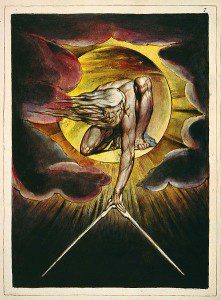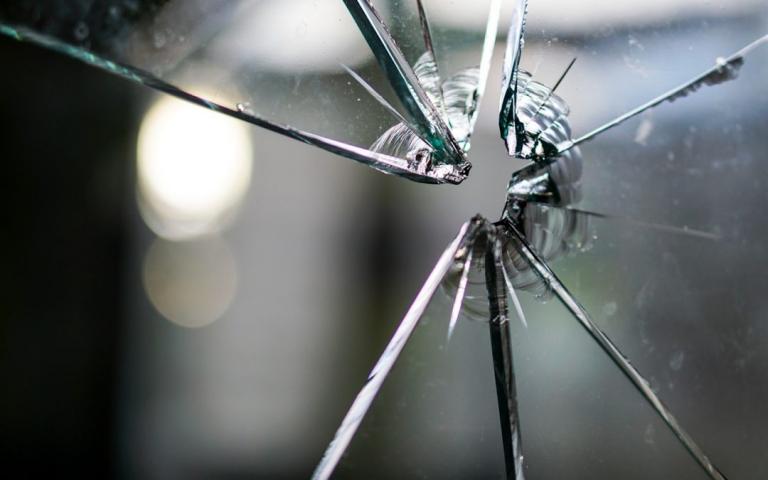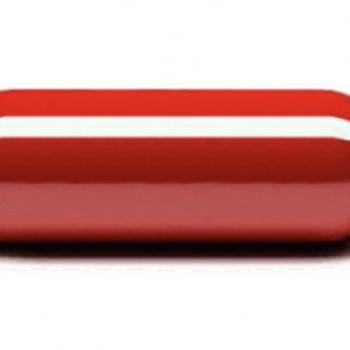
I never pulled it off.
When Jesus did it it wasn’t just a wonder; it was a sign. I didn’t see that until someone directed me to Revelation 21:1, “…and the sea was no more.” (ESV)
That was an “Aha!” moment for me. My mind flew back to the second verse in Genesis, “The earth was without form and void, and darkness was over the face of the deep. And the Spirit of God hovered over the face of the waters.” (ESV)
I now know why there will be no sea in the new creation. The work of creation will finally be done. Things will have acquired their final form. Now every reference to the sea is tinctured with that thought for me.
The sea is an apt sign for formlessness. It spreads, it swallows, it fills. We know now that it really does have an inner structure, but to our eyes it remains unformed. Later when the Lord uses the waters to judge, he is unmaking. Of course, Noah’s story should occur to you, but Jonah’s should too. And that’s how Jesus walking on water ties in. It’s a revelation you see. He’s the Son of God. And God hovers over the formless void. He doesn’t sink.
But we don’t walk on water. We live in a preformed world.
Back when I was a card caring member of the Marxist Center for Education in Cambridge, Massachusetts, I didn’t believe this. I dreamed my dreams of a better world, I made my “to do lists”, I recorded my “life goals”, and I even had a “mission statement”. And not only did I make plans for me, I made plans for other people too.
But the world proved incorrigible . People just weren’t as plastic as I had supposed. Not only did they make plans of their own (how inconsiderate), they came preformed in all sorts of ways.
Today people are preoccupied with will to power and they’re deeply suspicious, looking to uncover the sinister motives behind even the most commonplace observations. (People do take advantage of each other often enough to justify some prudence. But theses suspicions run deeper.) It has a lot to do with the Nominalist/Realist controversy of the 14th century. But I think it has even more to do with the success of science and the myth of progress.
Not that our preformed world is completely finished, there is still plenty of room for our arts. But what we make has a secondary quality. Tolkien got at this when he spoke of subcreation for his own literary work. Middle Earth isn’t drawn directly from the waters, he had something to work with.
I now know why there will be no sea in the new creation. The work of creation will finally be done. Things will have acquired their final form.
I think that’s another reason people have a hard time seeing this today. Most of us live at the end of very long lines of supply. I read somewhere recently that an uncomfortably large number of people don’t even know where eggs come from. I’m talking about chicken eggs, like from the farm. And I mentioned plasticity a moment ago. Our ability to mold plastic into almost any shape hides its inner structure from view…just like with water. It appears to be formless, ready to receive the impress of our wills.
People used to have an easier time seeing the forms that governed the materials they worked with. When I worked my way through seminary building decks in Kansas City the differences between pressure treated yellow pine (the ugly but durable step-sister), cedar (the beautiful and accommodating princess), and redwood (the severe and majestic queen) could be felt in the hands and seen by they eye. You would do things to PT pine you’d never imagine doing with redwood…it would have amounted to a desecration.
People used to understand what it meant to work with the grain, or listen to the stone (I heard a stone carver talk about that recently). The materials a craftsman works with are partners in the work, not things to form any way you will. (Not even on a lathe.)
This applies to people too.
It is a pious heart that sees the forms in things. And it is a grateful heart.
Please remember this when it comes to laying out your plans for a better world.












